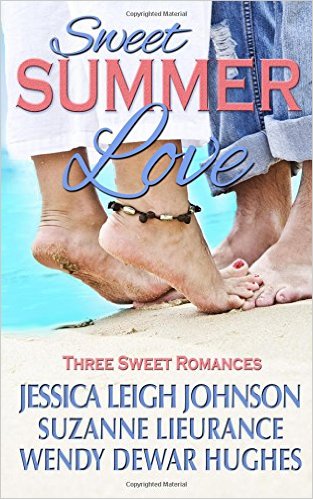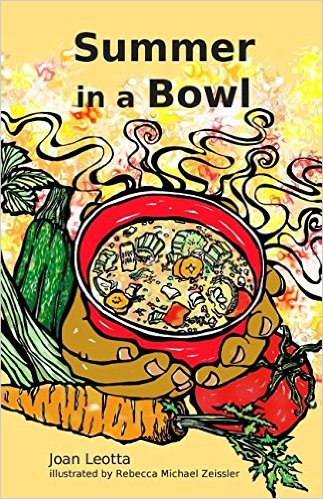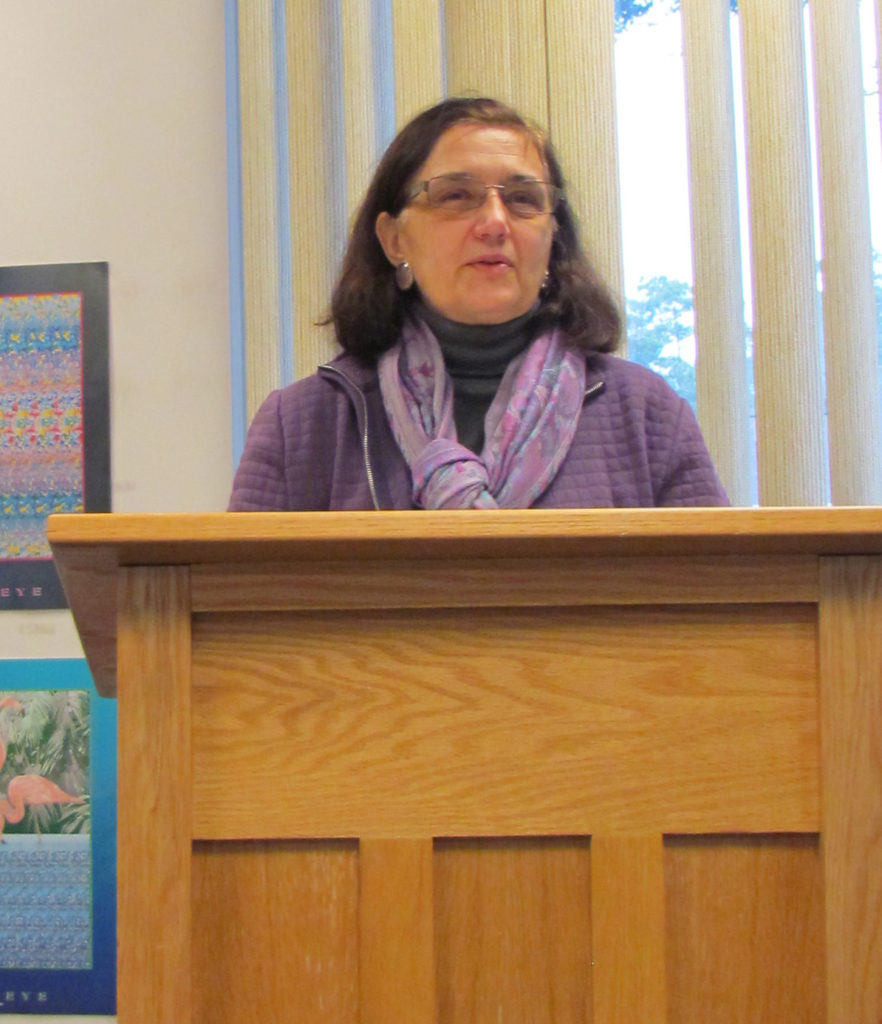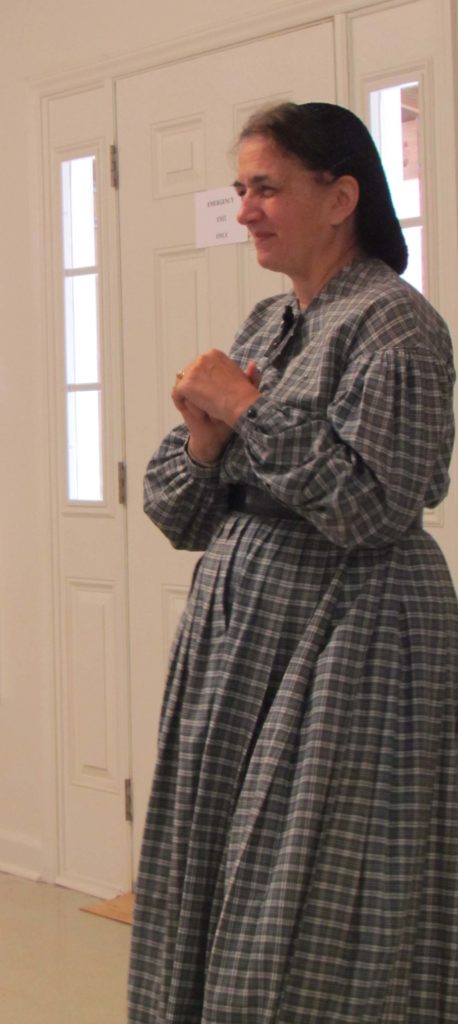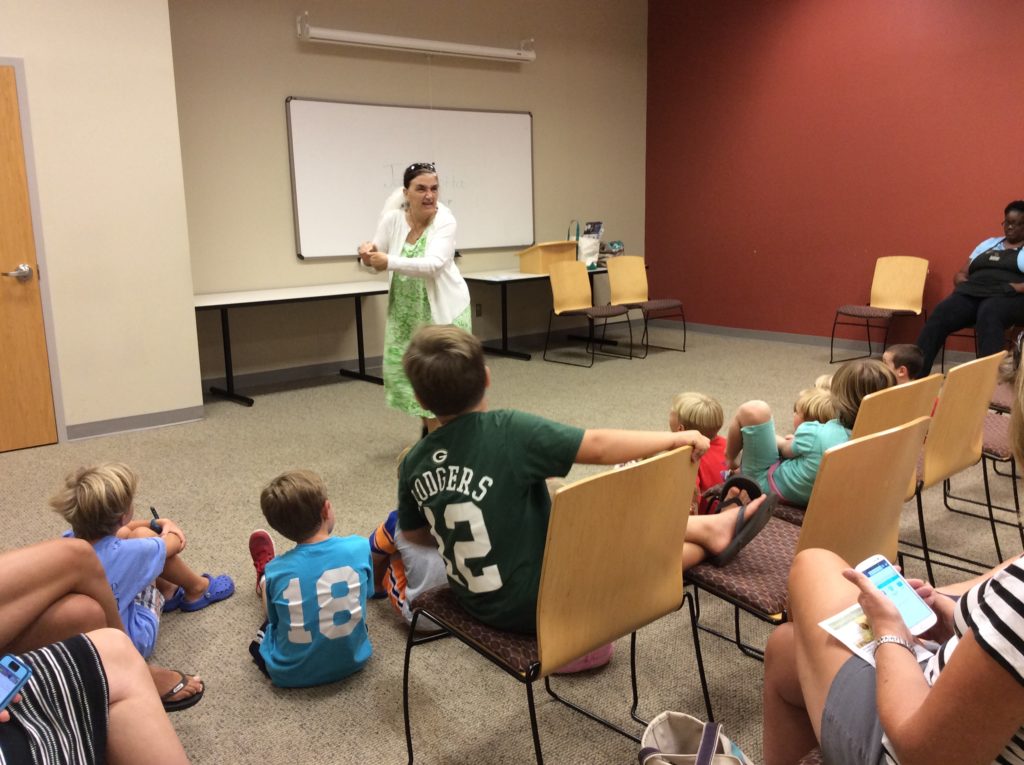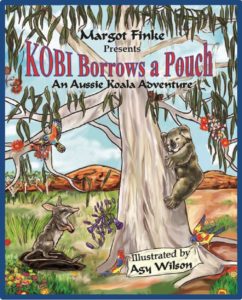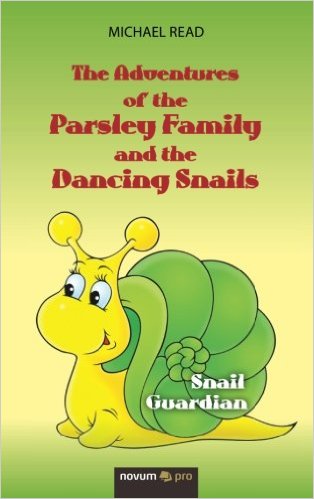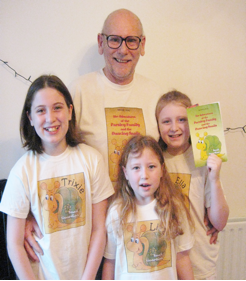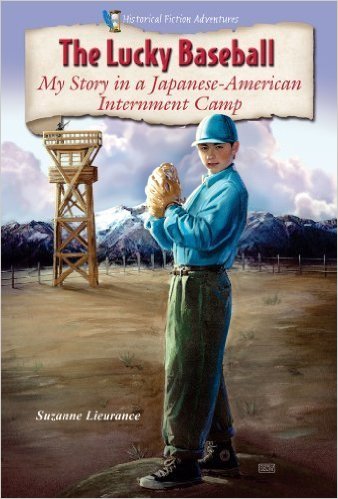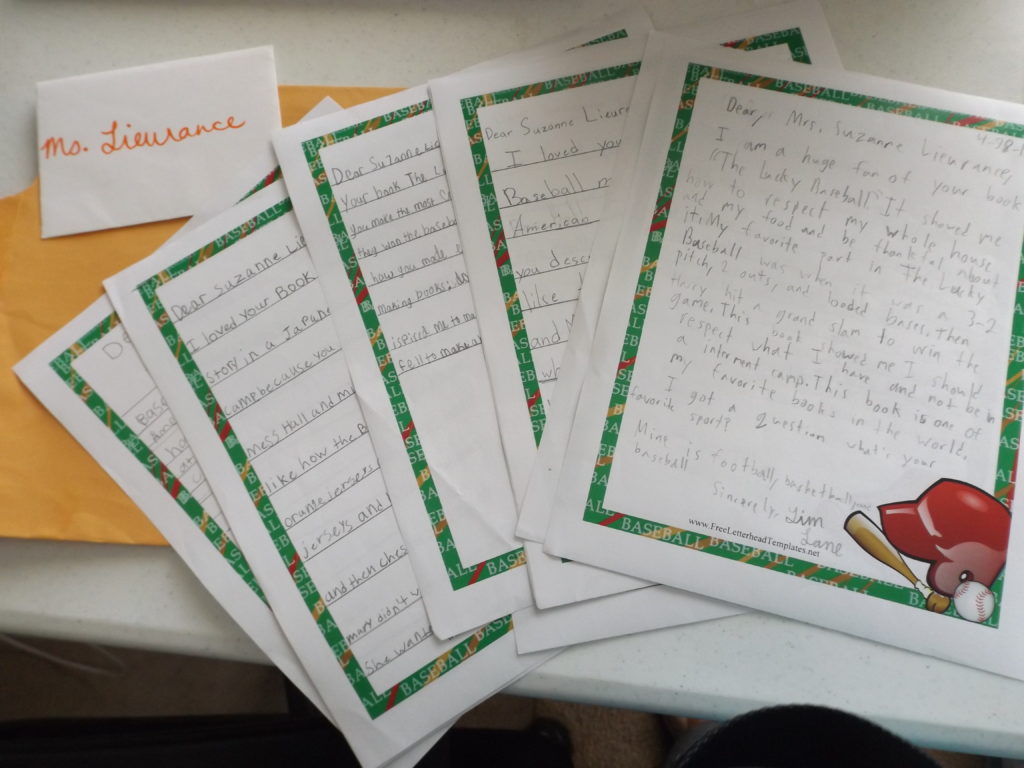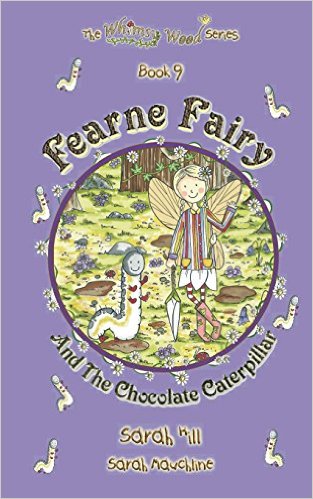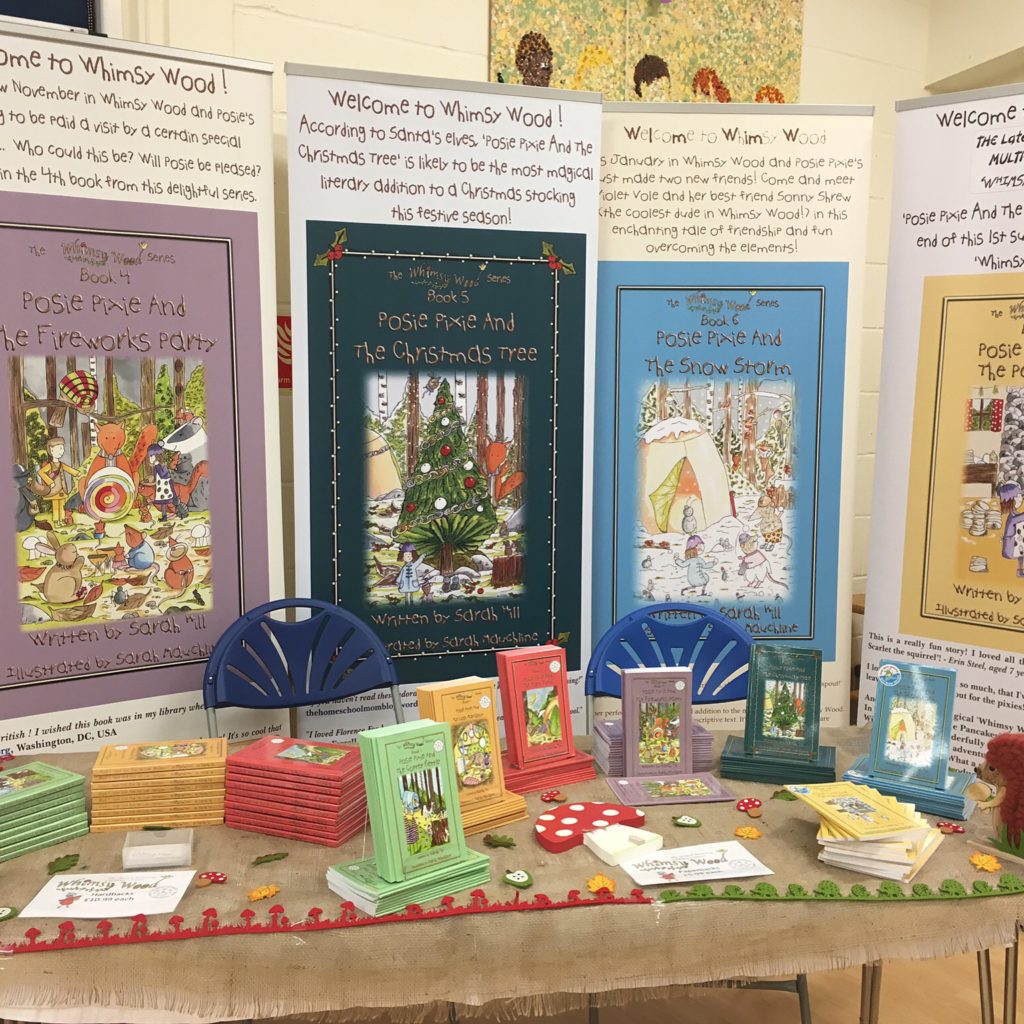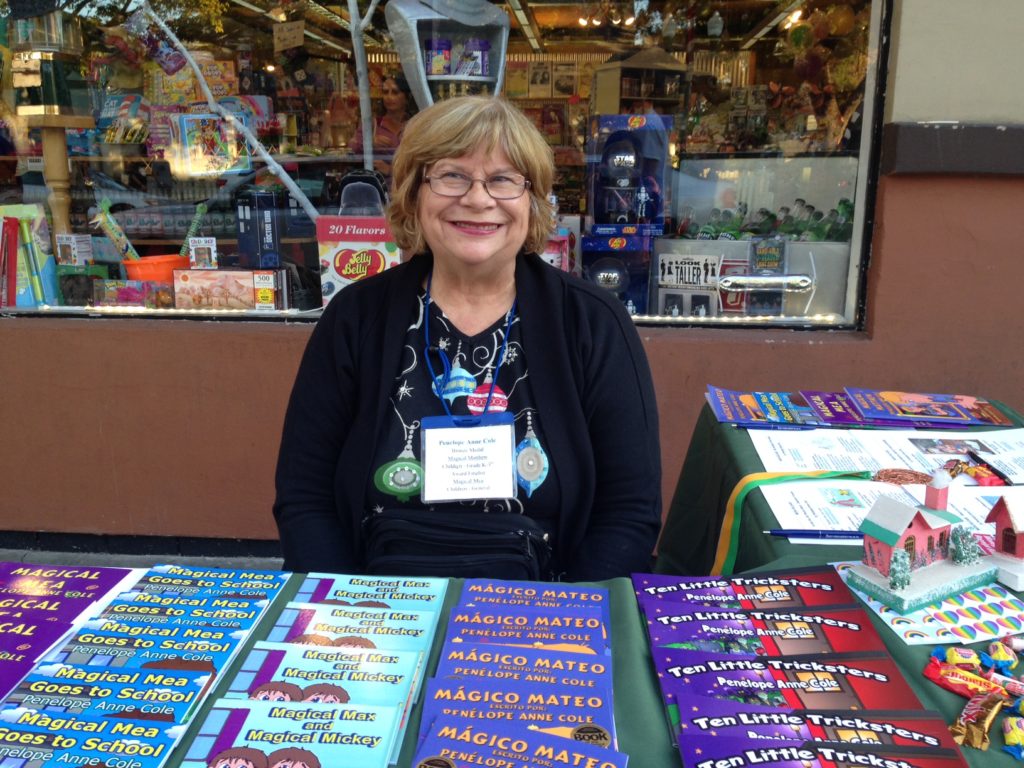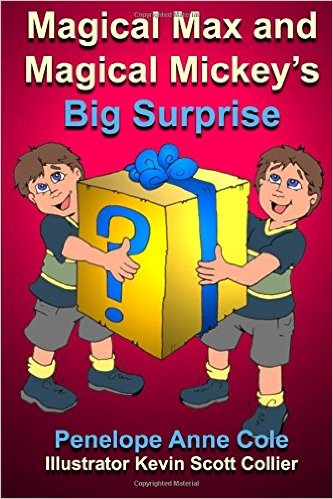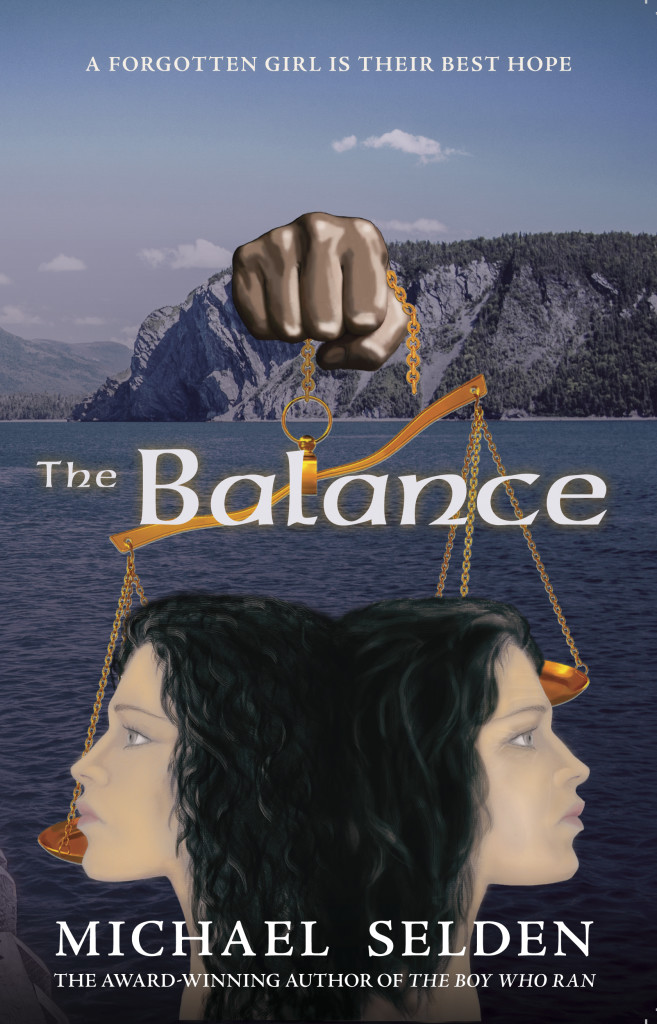Escape to the shore (if only in your mind) with these sweet romantic summer must-reads!
Watch the trailer:
The House at Mirror Lake
Claire McKinney has never been a fan of change. She watches old movies, collects antique cookbooks, and wears vintage dresses.
So when the new owner of the house next door threatens to tear down every wall—and every cherished memory of her beloved neighbors, the Wilsons—she wages an all-out rebellion.
Jack Severson doesn’t plan to lay down roots.
He’s content to move from house to house and town to town.
When he meets Claire McKinney, the woman who steals his hand saw as well as his heart, he may have to change his wandering ways.
While Claire may have to learn to accept that some changes are good, sparks and hammers fly in this sweet summer story about love on the shores of Mirror Lake.
The List
When Casey Summersby is asked to entertain Julian Bentley, the quiet, handsome, classical guitarist who is coming to town to play for her cousin Michael’s wedding, she’s sure it’s a fix up.
But after three failed relationships with musicians, Casey has declared “Not another musician. I’m finished with musicians!”
Then Julian Bentley turns out to be much different from Casey’s previous boyfriends and she realizes she’s misjudged him.
But in her efforts to keep him at a distance she may have just ruined her chance for them to make beautiful music together.
Twinkle Twinkle
Katie Westmoreland loses her boring job at a stuffy insurance company and is at loose ends until her mother calls saying she’s had an accident and needs Katie to come home to Ocean Shores and take care of her.
Katie doesn’t mind moving back to her scenic hometown on the coast.
The only thought that makes her heart skip beats is that she’s sure to run into Wade Sawyer.
They’d been engaged a few years before, but somewhere along the way to the altar things had gone wrong, and Wade had called off the engagement with no explanation.
When Katie is offered the chance to take over the toy store that she has always loved, it means she’ll be staying.
But in a town the size of Ocean Shores, it will be hard to avoid seeing only man she ever loved.
More about the Book
Paperback: 148 pages
Publisher: Creative Caravan Press
ISBN-10: 192762651X
ISBN-13: 978-1927626511
Buy it now at amazon.com.
Today I’m hosting Day 3 of a 5-day virtual tour for Joan Leotta’ new children’s book Summer in a Bowl.
This tour is sponsored by the National Writing for Children Center.
In today’s post, Joan gives some tips for using her book in the classroom.
Tradebook Tips for Teachers from Joan Leotta
I come to classrooms and use it to explain how to write – and in this case also talk about gardening and good nutrition.
Schools and teachers are very dear to me – after all, we entrust our most precious people to teachers.
Schools are places of great creative energy and I am always grateful when I am invited in to speak or perform.
I always try to do what I can in my appearance/performance to support what the teachers are doing, to aid them in reaching their goals for these precious students.
Most of the time, I question teachers upon accepting a performance/appearance and create custom worksheets.
Just this past school year, I developed a custom program for anti-bullying for the local elementary after-school program.
In addition to performing, I worked up crafts and other follow-up (reading lists, discussion questions, crafts, a play, and more) for the students to use after I had left to reinforce the points I had made in my appearance.
On my website/blog I have a guide for teachers and working on school gardens for Summer in a Bowl in particular.
In addition, there is a block of blogs on the site about the development of a picture book.
This very week I am working on a page for home-schooling parents to use with Summer in a Bowl that will discuss family relationships as well as the topics of gardening and good nutritious food.
For middle school on up, there are two sample short stories, and in 2017, I plan to link to a you-tube channel where people can see me perform and or hear me read poetry.
I am planning to add bookmarks and reading club activities for all of the books online so that even schools that cannot have me come in person or even by SKYPE can use my materials.
************
To follow all 5 days of this tour, get the links at the National Writing for Children Center.
Today I’m hosting Day 3 of a 5-day tour for Margot Finke’s new picture book, Kobi Borrows a Pouch.
This tour is sponsored by the National Writing for Children Center.
In today’s post, Margot offers some ideas for using her books in the classroom.
Margot Finke Gives Tips for Using Her Books in the Classroom
My books are written as fun reads–some are multicultural.
However, woven into every story are true facts or educational information.
A children’s writer needs to be sneaky about such thngs!
Educational facts are disguised as fun reading.
My latest PB , KOBI BORROWS a POUCH, has “safety” as it’s theme, along with Aussie words, and vocab words in bold.
DAISY AND BARTHOLOMEW Q is a tween fantasy that takes place inside a Thesaurus.
It features fabulous words that pop into Daisy’s head, and a problem with procrastination–all happening within the fun of a wild adventure.
Most of my soft cover and Kindle picture books have a Parent/Teacher guide at the back, with information about the setting and characters, + links to more detailed and helpful information for a parent or teacher.
Kindle versions for older grades also include clickable links to a Thesaurus for featured vcab words, as well as an Aussie Word Glossary and animal information for Australian themed stories.
The links at the back of my books take you to relevant information that tells about US and Aussie animals, settings, and the aboriginal people.
There is a great deal of fun stuff kids can learn by using the information and links at the back of each book.
When facts double as FUN, kids learn faster.
********
To follow along on all 5 days of this tour, go to www.writingforchildrencenter.com.
Today I’m hosting Day 1 of a 5-day virtual tour for Michael Read’s new book, The Adventures of the Parsley Family and the Dancing Snails.
This tour is sponsored by the National Writing for Children Center.
Meet Author Michael Read
Hi, I am Michael Read, a retired person and now a children’s author who lives in Cambridge in England.
I started writing in 2014 for my three granddaughters.
Family and friends enjoyed the stories and my wife actually laughed at the humor, which is a very rare happening, so I thought they may be good enough to publish.
I searched the internet for a publisher for my first book and found Novum Publishing; an Austrian firm.
They give opportunities to new authors but you pay a percentage towards costs.
The book was published in late 2015.
My granddaughters and their parents feature in the book and Trixie, (the first Snail Guardian), teaches snails in her garden to dance.
These Essex Snails know nothing and so they befriend others groups of snails, the Norfolk’s and the American Beach Snails and start to learn about the ‘uman world in which they live.
Their lives are regularly enhanced when groups of snails from far and wide come to visit them bringing their dances, their food (picnics), their language and some history.
Welcome to the wonderful world of The Adventures of the Parsley Family and the Dancing Snails.
With hindsight, the cover is a little ‘young’ as the stories deem an audience of children 7 years+ and adults.
I have since written Book 2 – Further Adventures of the Parsley Family and the Essex Dancing Snails’ (not yet published), and am now writing Book 3 where I have branched off slightly as the stories are not always about the Essex.
For a lot more information visit www.snailguardians.co.uk where there is an Amazon app to order the book.
Follow Day 2 of this tour tomorrow at www.writingforchildrencenter.com.
Building Confidence as a Writer
As the Working Writer’s Coach, every week I work with other writers who are building a freelance writing career.
Many of these writers are just getting started.
Others have been at it for awhile but come to me because they want to get more focused and see better results for their efforts.
But one thing I find with all writers is that our confidence has a lot to do with how successful we are.
To help writers build their confidence, in 2006 I created The Morning Nudge, little emails that I send out to those on my mailing list every weekday morning.
And now, I’ve turned many of these emails into youtube videos.
Here’s the newest video. I hope it will inspire you to become confident enough to take action today to move your writing career forward.
Happy writing!
Spoiler Alert: This post reveals many of the plot points in my book The Lucky Baseball.
A few months ago, when my husband and I had just moved back to the Florida coast, I checked the post office box that I keep for my business and there was a large packet from a classroom teacher in Temecula, California.
This teacher had recently had her class read The Lucky Baseball and the packet included “fan letters” to me about the book.
It was fun to read all the letters from the students.
There was even a nice note from the teacher. It said:
Ms. Lieurance,
Your book The Lucky Baseball truly helped me teach a topic that is so ugly in a kid-friendly way. My entire class really took to the book and are excited to do their “big” projects.
Love,
Mrs. Alegre
I was happy to know that my book had helped a teacher, and it was great to see what a whole classroom of kids thought about my book.
I could tell that Mrs. Alegre had asked the children to answer a few simple questions in their letters.
First, they needed to tell me their favorite part of the book.
Many of the students said their favorite part was when Harry (the main character) won the baseball in the drawing at Weaver’s store.
Others said their favorite part was when Harry and his team won the big baseball game.
Next, the teacher must have asked the kids to tell me something they thought I did a good job of describing in the book.
One student wrote, “I loved how you described the mess hall. That made me good home and look at my kitchen and how thankful I am to have a wonderful kitchen. When Harry and Mike and their families had to move to Manzanar, that made me feel weird. When I heard about the houses in the book, it made me feel sad because the floors were sandy and they had holes.”
The teacher must have also asked the students to tell me what they had learned from the book.
One student wrote, “You taught me to appreciate what I got. You also taught me to be kind no matter what.”
Another said, “I know how lucky I am for a great life, having freedom no matter what. I wouldn’t be able to survive what Harry went through. I could read the book over and over again.”
And another student wrote, “This book showed me I should respect what I have and not be in an Internment camp.”
Still another said, “I am glad I have a warm bed and food and privacy.”
Probably my favorite comment from all the students came from Jordan Sanchez.
Jordan wrote:
I loved your work you did in The Lucky Baseball. It made me really imagine how Manzanar was. It made me appreciate my house and my bed. Sometimes I just wanted to go to the next page to find out what would happen next. I love when you described what it looked like. I liked when Mary stole the baseball for good luck! I can’t wait to see what you come up with next!”
Unfortunately, since I was still getting settled in our new home when this packet arrived, and it was towards the end of the school year, I wasn’t able to get a letter sent back to the students before school was out for the summer.
I do have the teacher’s address, though, and I’ll send a card to her and offer to do a free Skype visit with her class next year if her students read The Lucky Baseball.
And maybe Mrs. Alegre will find this blog post and see how much I appreciated her note and all the letters from her students. All those letters and her note reminded me why I love writing for children.
Until next time,

Today I’m hosting Day 2 of a 5-day virtual tour for Sarah Hill’s new book, Fearne Fairy and the Chocolate Caterpillar.
This tour is sponsored by the National Writing for Children Center, where Sarah and her book are being showcased all this month.
In today’s post, Sarah talks about her life as a writer.
The Writing Life with Author Sarah Hill
Yesterday, I explained how I ended up writing my ‘Whimsy Wood’ children’s stories and that there are 35 books within this woodland-based series for 5-8 year olds.
These 35 are divided into 5 sets each containing 7 books.
The first set of 7 books are all about ‘Posie Pixie’ and her adventures within the enchanting Whimsy Wood.
The second set follows ‘Fearne Fairy’ and her escapades.
As for the remaining 3 sets…..well, I couldn’t possibly tell you who the main characters are for these books!
That will remain a secret until we reach their publication!
Now, as a parent, I wanted my stories to be subtly educational and have real meaning to them, as well as being great bedtime reads.
So, I decided that each book would be written for a specific month in the calendar.
As you read through the Whimsy Wood Series, you’ll see that the flora and fauna change, both in the text and the illustrations.
There is also a proverb or well known saying, tucked away within every story for the reader to find.
Finally, at the back of every Whimsy Wood book, there’s a Whimsy Wood map for the child to complete, using just their imagination and what they have learnt from the story.
One of the aims of my whimsical series is to ignite children’s imaginations.
Another aim is to engage children and their parents and carers more with nature and the beauty that surrounds us, wherever you live in the world.
This is one of the reasons, along with my love of nature and wildlife, that Abela Publishing (who publish my Whimsy Wood Series) and I, decided that we would donate 10% of all Whimsy Wood book sales to The Wildlife Trusts.
Since each Whimsy Wood book is written for a specific month in the calendar, this already gives me a structure to the story that I need to write.
For example, if the book is going to be for the month of April (which incidentally, book 9, ‘Fearne Fairy And The Chocolate Caterpillar’ is) then I think of all the events that may happen at this time of year.
Easter immediately sprung to mind when I was planning ‘Fearne Fairy And The Chocolate Caterpillar’ and then my brain (and tummy) thought of chocolate, of course!
Hence, why this features in the title and story!
Once I’ve considered familiar events that may happen for the month that I’m writing for, I then research which flowers, toadstools, trees, animals, birds and insects would be out and about in a wood at that time of year.
I then gather all this information together and create a mind map on a blank piece of A4 paper, with the title of the book in the middle of the mind map.
Sometimes I don’t have the title until I’ve finished writing the story.
When that happens, I just leave this central space of my mind map blank until the title comes to me.
Although book 9, ‘Fearne Fairy And The Chocolate Caterpillar’, was launched on July the 2nd (a matter of days ago!)
I have already written up to book 14 in my now award-winning series.
The reason that I am a little ahead of myself, is because I was expecting our 3rd child when Abela Publishing sent me my author’s contract back in January 2013.
Monty, our baby boy, arrived on June the 26th 2013, which was barely 2 weeks before the publication of book 1, ‘Posie Pixie And The Copper Kettle’!
When I signed with Abela Publishing, they’d stated that they wanted to release 3 Whimsy Wood titles (evenly spaced out of course) a year.
I already had 2 young daughters at that stage and with adding a baby into the mix, I knew I’d have my work cut out writing my series as well.
So, whilst still pregnant with Monty, I got my writing skates on, penned up to book 14 and bought myself some breathing space in the process!
As an author however, not all your time is dedicated to writing, as I soon discovered!
Dreaming up a concept, turning it into an imagination-stimulating story and then convincing a publisher to take on your work, is just the beginning!
There is a lot of self-promotion that is required, if you wish your literary dream to do well.
This promotion ranges from using all forms of social media to get your book ‘out there’, to book signings, school visits, library events and other such personal appearances, along with writing your own blog or 2!
My 3 children are now a little older than when my first Whimsy Wood book was published.
Olivia is 8, Poppy is 6 and Monty is 3 years old.
However, life is just as hectic and time is just as precious.
Taking this into account, I have to be very disciplined with the spare time that I have to write and carry out promotional work.
A lot of this is done at night when the children are asleep.
The school visits and other personal appearances, have to be slotted in to the 2 days that my son currently attends nursery.
Monty starts school in September 2017, so I will then have more time during the day to write; although I am not wishing away this remaining year of him being at home.
To see where Day 3 of the tour will take place, just go to the National Writing for Children Center tomorrow.
Today I’m hosting Day 3 of a 5-day virtual book tour for Penelope Anne Cole’s Magical series of books for children.
This tour is sponsored by the National Writing for Children Center.
In today’s post, Penelope offers some…
Tradebook Tips for Teachers
Each of my magical stories is a 15 minute read aloud.
I’ve used them with my students for them to practice writing book reports.
All my stories have problems and obstacles for the main character to overcome.
They have a story arc and show growth and change in the end.
Plus, they each have a little surprise at the end.
The Themes in my five books in my Magical Series are:
Trusting others — Trusting yourself —Self-esteem
Using your talents and abilities — Working with others
Problem Solving — Decision making
Handling Disappointment, Obstacles, and Frustration. Not giving up.
Helping — Doing good deeds — Cleaning up your messes
Celebrating Earth Day — Importance of Volunteerism —
Cleaning up and Taking care of your neighborhood.
Kindness, friendship, and the importance of a supportive family.
Teachers can also set writing assignment questions such as:
1) What would you do if you had magic powers?
Would you keep it a secret?
Or if you decided to tell someone, who would you trust with your secret?
2) What kinds of problems and obstacles have you had to overcome or solve?
Were you able to do this on your own, or did you need help?
3) In families with more than one child, the older child is usually the leader, the one in charge, or the boss when mom and dad aren’t around.
How is it in your family?
Are you the older sibling, the one in charge?
Or are you the younger sibling, who gets bossed around and told what to do?
How does that make you feel?
Think about reversing roles: If you were older, would you boss around your younger siblings?
4) I gave Matthew a problem he couldn’t fix by having his friend Lily in a wheelchair, unable to walk.
Matthew tried to fix her but couldn’t.
Teachers can ask students: Do you have friends or family members with disabilities?
How do you feel about them?
It was important for me to have Matthew treat Lily just like any other friend.
Disabilities are a part of life.
The sooner children learn to accept and deal with people with disabilities, the more balanced life will be for everyone.
###################################
To learn more about Penelope Anne Cole and her books, visit her website at www.penelopeannecole.com.
Get the links to follow along on each day of this tour at www.writingforchildrencenter.com.
Today I’m hosting Day 3 of a 5-day virtual tour for Michael Selden’s new YA novel, The Balance.
In today’s post, Michael offers some tips for teachers who want to use The Balance in the classroom.
Teaching Tips from Author Michael Selden
Each book is different, of course.
My first book, The Boy Who Ran, was actually written with an elementary classroom in mind.
In addition to the moral theme of that book, I included information about the America of 6000 years ago – weapons, something of the spiritual life (as learned from cave art found from that period), and a discussion of likely foods eaten.
These can be used as part of a history or social studies unit in a class environment.
Additionally, I don’t write down to children and I try to challenge their vocabulary and understanding of the use of language.
The Boy Who Ran also contains allegorical content, although it’s subtle.
I understand that The Boy Who Ran is being used in more than one classroom, including one I know about that is intended for children with emotional problems, such as those experienced by the boy in the story.
The Balance was not written as an educational text as such, but it does explore the relationship between extremism and tolerance.
Also, I consider it a part of the sub-genre “Rational Speculative Fiction.”
This means that there are speculative elements in the story, but they unfold in a rational, rules-based way.
I include discussions of basic scientific principles and descriptions within the story that show how these might work.
For an early draft, I apparently went too far.
One of my very early reviewers was a well-known engineer and CEO of a technology company.
She told me the descriptions were “too technical.”
Specifically, I described how some of the hardware technology innovations in the story worked, and even referenced advanced math constructs, like tensors of inertia when describing how the prescient in the story viewed the future.
I fixed this, but the book still retains a good layman’s description of several branches of physics.
The book, I Am, which will come out soon goes through much of what it’s like to be an astronomer, and I included a few astronomy lessons within the story.
The main character is a student, learning as she works at an observatory one school term.
In I Am, the reader also learns about Cepheids (a special class of variable star), telescopes, and something about how a comet orbits the sun.
The orbit is accurately represented with Right Ascension / Declination coordinates for the comet are provided at the beginning of each chapter, and descriptions of the forces and masses involved are also discussed.
I usually try to educate a bit as I entertain and my beta readers, thus far, have told me that they learn something in each book without it being either intrusive or boring.
I also try to weave little stories throughout the books that are educational, too.
For example, I describe how the Ringed Seal tries to fool polar bears as a parallel to the concept of hiding where communications transmitters are by switching them on and off.
Descriptions of the geology of The Land are also in The Balance and are intended to help people visualize how the terrain evolved in a realistic way.
Of course no fiction is really of much value if the story isn’t good.
You need to create compelling and realistic characters, and their actions and interactions should also provide fodder for discussions.
In the case of the middle grade book, I included reference material for The Boy Who Ran on my web site, links to relevant information about the period.
I have some of this on I Am and plan to add more on The Balance after all three volumes are published.
For Disobedience – a book I plan to finish in the next couple of years, I researched the history of Rome over the period from 1880-1920.
The main character lived in that city during that period, and my 3-month stay in Rome yielded a lot of interesting things that happened to the city.
I plan to research the region of Provence, France over the period from 1920 to 1940 in the same way.
These investigations provide interesting geographical and historical information for the book.
Naturally, my main focus for most books is to entertain, but I think it’s important to do the research necessary, to be accurate about what you’re describing, and to offer more than just the story.
Reading can be educational, too, if the author cares to add depth to the story.
*************
Follow each day of Michael’s tour this week – just click here. Leave a comment at each post to be registered to win a free month’s showcase for your children’s book at the National Writing for Children Center.
My new book, written with co-author, Wendy Dewar Hughes, is now out in print and Kindle e-book. Click here to purchase your copy.
About the Summersby Island House
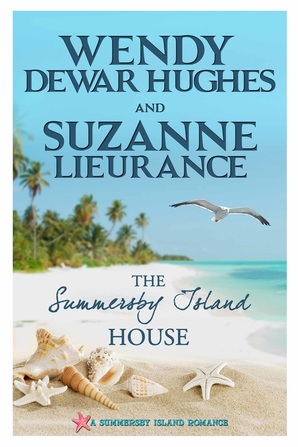 In one day, Lana Stewart’s life seems to fall apart. Her boyfriend breaks up with her just when she expects him to propose, she is laid off from her job, and she receives an eviction notice from her landlord—all on the same day. So Lana does the only thing she knows to do and calls her old friend.
In one day, Lana Stewart’s life seems to fall apart. Her boyfriend breaks up with her just when she expects him to propose, she is laid off from her job, and she receives an eviction notice from her landlord—all on the same day. So Lana does the only thing she knows to do and calls her old friend.
Sherry suggests Lana move back to her childhood home on Summersby Island, Florida, and begin again. What does she have to lose?
With Sherry’s help, Lana finds a new job but she needs a permanent place to live. Out of the blue, she learns that the bank has just foreclosed on an old, dilapidated house right on the beach. At first sight, it seems a preposterous idea to buy and try to fix up the run-down place, but maybe it has potential.
That’s when Mack, a local building contractor, walks into the bank and agrees to help renovate Lana’s newly acquired heap of a house. At times he seems too good to be true—especially in light of Lana’s previous experience with the men in her life. Her rule of only one broken heart per year keeps her from rushing into a new relationship, even though her heart aches for a family of her own.
But if she wants to find true happiness in her house on the beach, she just might have to get her feet wet.
Novella length. Sweet romance.

